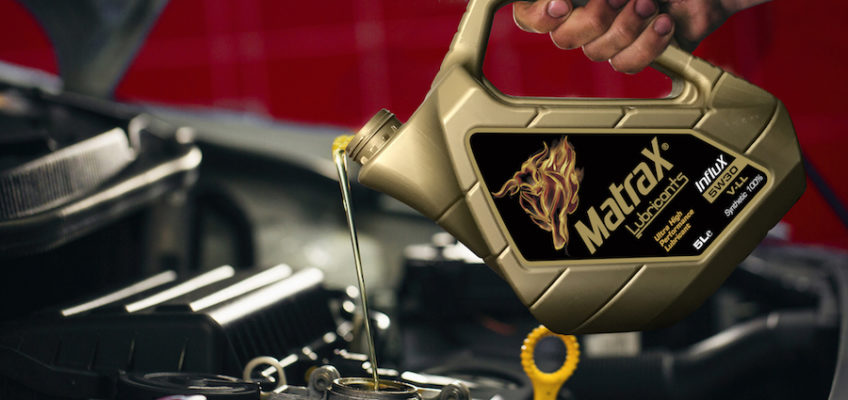Changing the oil in your car is one the most basic and better known aspects of a good vehicle maintenance routine. But changing the engine oil is not enough unless is done in conjunction with a change of filter.
As everyone knows engine oil is used to reduce friction between the different parts of the engine (connecting rods, bolts, etc.) mitigating their wear as a result which in turns extends the life of the car’s mechanics. For example, the lubricant protects the engine from things such as the natural chafing occurring during a cold start, as a result of corrosion or because of overheating, as it also helps with the cooling of the engine.
Lubricants deteriorate over time and with increasing mileage which causes them to lose some of its properties reducing their efficacy. It is because of this that the oil should be kept as clean as possible in order to avoid this causing, or playing any part, in an hypothetical engine failure. The filter is in charge of keeping the oil clean as it retains all foreign particles that are found floating in it and which could cause damage in some of the engine’s pieces.
Once a year
If the filter is damaged it will not be able to capture the oil’s impurities such as combustion residues or small metal fragments shed by the friction of other internal components. If these run loose they could certainly damage the engine. The most common issue associated to an old filter is a reduced performance of the car’s general mechanics which will in turn translate into decreased fuel efficiency and the premature wear of some parts.
Up until now the general recommendation was to change the oil every 7500 – 15000 kilometres if the car was manufactured before 2000; and every 15000- 30000 for newer models. Experts now advise to change the oil once a year regardless of the age of the car and even if it hasn’t reached the above mentioned number of kilometres. The filter should also be changed together with the oil as mixing a clean oil with a dirty filter would defeat the object altogether and perpetuating the problems that we are trying to avoid.
If you do not want to take your car to the garage but rather have a go yourself at changing the oil make sure to look at your vehicle’s manual where the type of oil that your engine needs will be specified. If you have opted for mixing different brands you should make sure these have the same SAE (Society of Automotive Engineers) qualification, which describes the lubricant’s viscosity under both high and low temperatures.





Leave a Reply